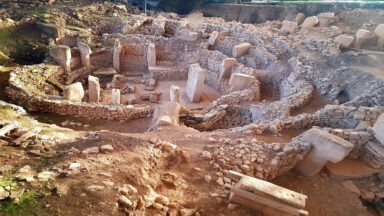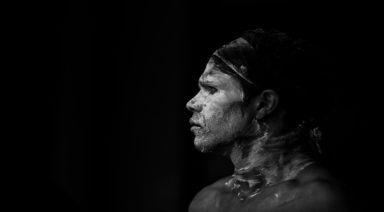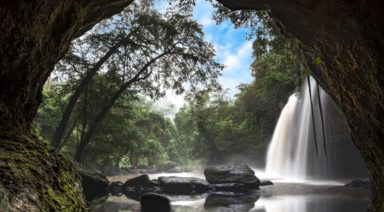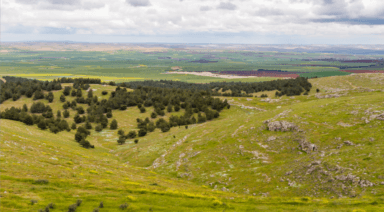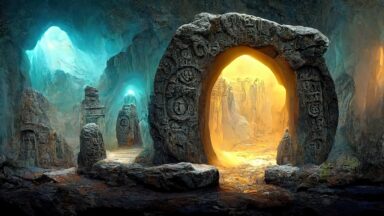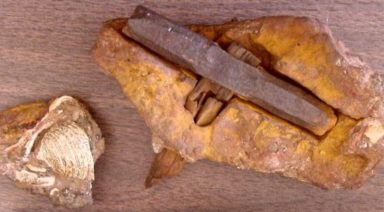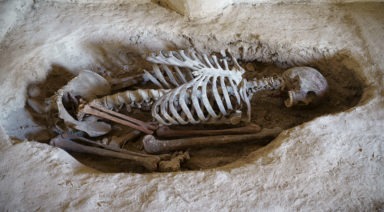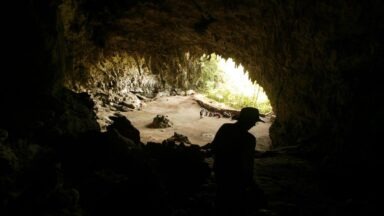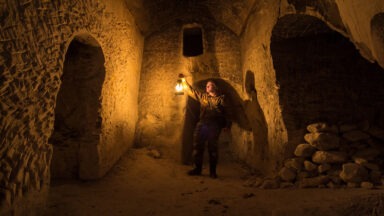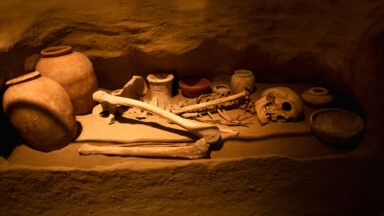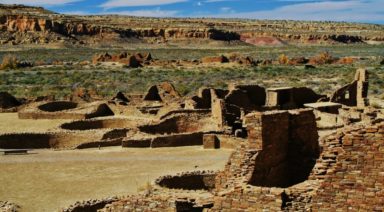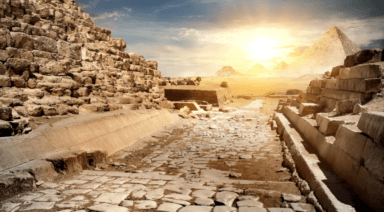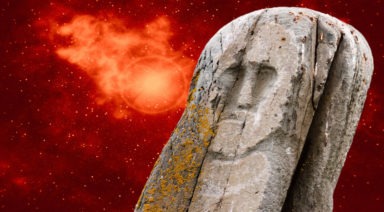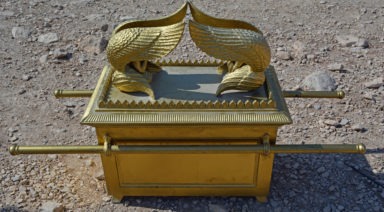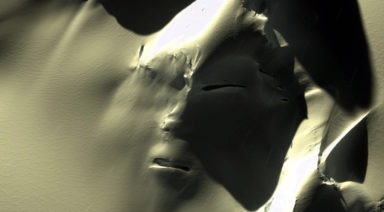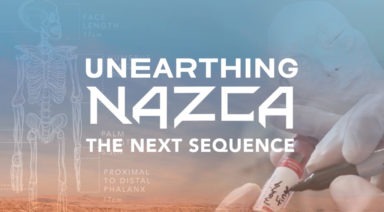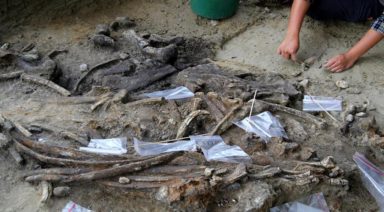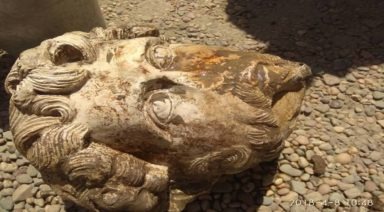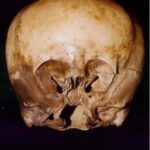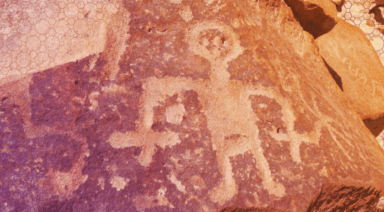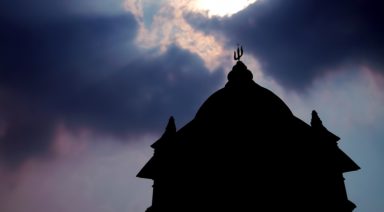New Study of Cave Paintings Say Ancient Man Understood Astronomy
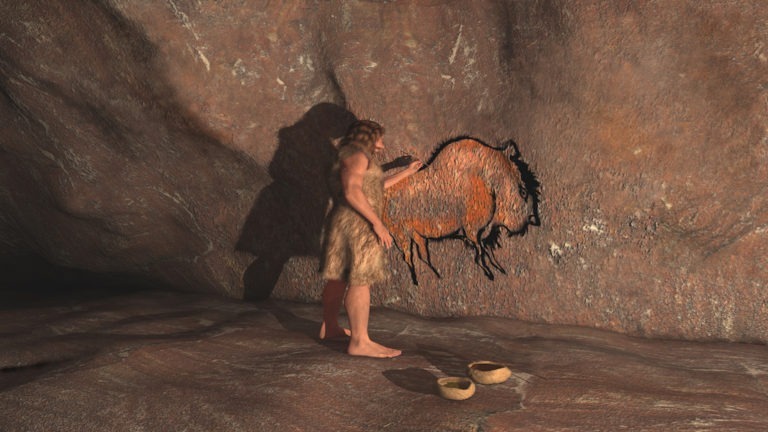
A reinterpretation of one of the world’s most famous primitive cave paintings seems to show our ancient ancestors had a much stronger grasp on astronomy than we’ve given them credit. According to a recent study, cave paintings in France depict animals that represent the constellations, showing the artists who drew them were aware of the precession of the equinoxes — a discovery not thought to have been made before Hipparchus of Ancient Greece.
Of the paintings in question, researchers Martin Sweatman, Ph.D., and Alistar Coombs studied an image titled, “The Shaft,” which portrays a collapsing bird-headed man, a bison eviscerated by a spear, a horse, and a rhinoceros in the Lascaux caves of southern France’s Dordogne region.
In the past, this scene was interpreted as a shamanic ceremony or the scene of a hunt, however the exact meaning has been widely disputed as depictions of men were incredibly uncommon in this era. But according to Sweatman and Coombs’ latest study, the paintings show not only a more primordial understanding of astronomy, but also religion, science, and mathematics.
By comparing radiocarbon dating of paint samples to the position of constellations in the sky when the art was created, the researchers were able to match specific animals with correlating constellations of the solstice and equinox. They used this same method at similar archeological sites, including the ruins of Göbekli Tepe and Catalhöyük, as well as the famous cave art of Chauvet and Altamira.
The two also said they believe the Lascaux paintings commemorate a comet striking Earth, correlating with what they believe to be the cataclysmic impact event that marked the beginning of the Younger Dryas period – evidence of which was recently found in the form of a 19-mile wide crater beneath a Greenland ice sheet.
In addition to these sites, the researchers incorporated the Lion-man figurine from the Hohlenstein-Stadel cave in Germany, which dates back 38 thousand BCE and is considered to be the world’s oldest sculpture – they believe it too, may be evidence of zodiacal awareness. Their study was published in the Athens Journal of History.
Like any bold claim made of early humans which challenges long-held archeological timelines, this latest theory has unsurprisingly sparked controversy with some of Sweatman and Coombs’ colleagues who have labeled their method flawed.
According to their model, prehistoric men from the Stone Age discovered the precession of the equinoxes some 36 thousand years before Hipparchus – a bold claim to say the least!
But findings such as this seem to continually piece together disparate pieces of a puzzle that modern archeology has glossed over or ignored entirely. And as Graham Hancock likes to say upon the discovery of new paradigms like this may be, “things just keep getting older.”
For more on the anomalous archeological finds cluing us into our forgotten past, check out this episode of Disclosure with Graham Hancock:
11 New Hills Discovered at Gobekli Tepe Megalithic Site
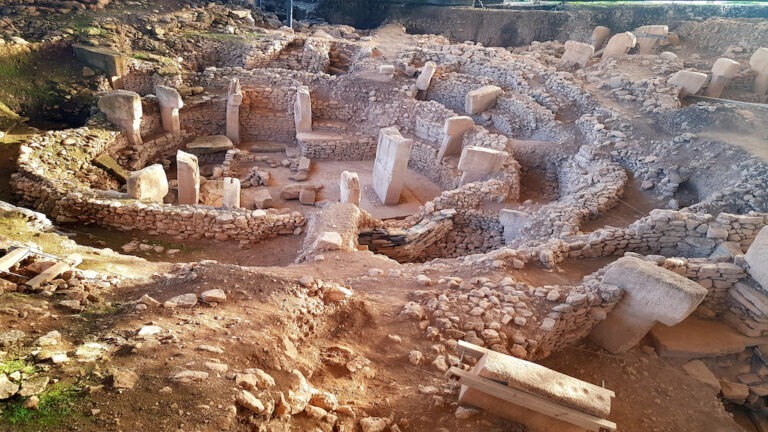
Turkey just made an announcement about a major archeological discovery at Gobekli Tepe. Could this finally shed light on who built the world’s oldest megalithic site, and why?
First unearthed in 1995, the 11,000-year-old excavation site at Gobekli Tepe has yielded the most significant collection of stone pillar monoliths ever discovered. While most archeologists agree that the structure is the world’s oldest temple, they have long-debated the origins and motivations of its builders. The recent findings of 11, possibly 12, new sites around Gobkeli Tepe may provide those answers.
Andrew Collins is an ancient history researcher who has written extensively about the site.
“Gobekli Tepe is in many ways the best evidence that we have of a lost civilization—a pre-Ice Age civilization that existed worldwide and was probably wiped out by very harsh conditions and possibly some kind of comet impact about 13,000 years ago, and that the sole remnants of this went on to create Gobekli Tepe,” Collins said.


